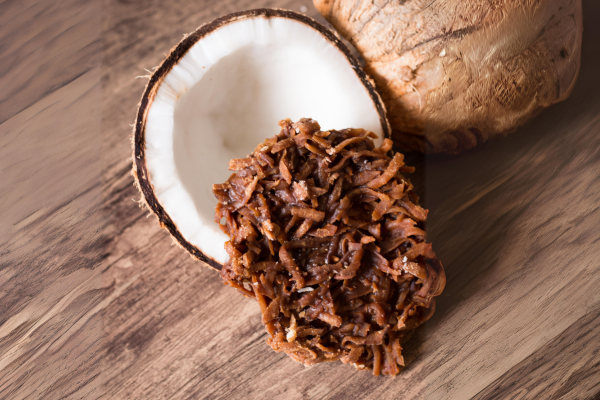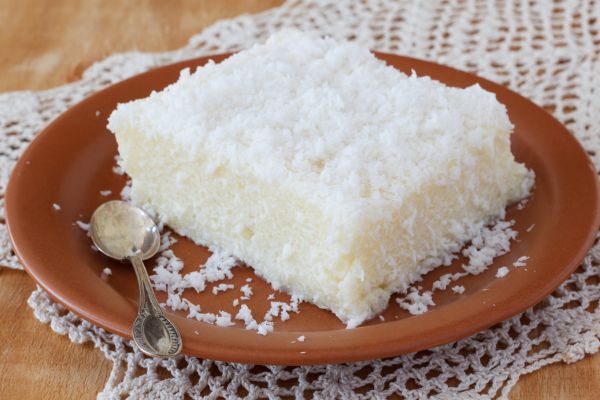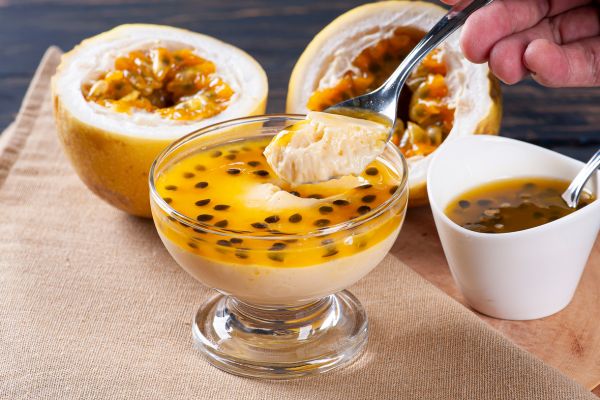Pamonha Recipe: A Traditional Brazilian Cuisine Delight
Advertisements
THE pamonha é uma das joias da culinária brasileira, um prato que desperta lembranças afetivas, especialmente durante as festas juninas.
Com sua textura cremosa e o equilíbrio perfeito entre o doce e o salgado, a pamonha tem atravessado gerações, mantendo-se como um símbolo da riqueza cultural do Brasil. Vamos aprofundar ainda mais o conhecimento sobre esse prato típico e explorar variações e curiosidades para enriquecer a sua experiência culinária.
Advertisements
Origem e Influências Culturais da Pamonha
O nome “pamonha” deriva do termo tupi “pa’muña,” que significa “pegajoso.” Originária da alimentação dos povos indígenas, a pamonha começou como uma preparação simples, feita com milho e envolta em folhas, um hábito que persistiu e ganhou adaptações com o tempo. Com a chegada dos colonizadores portugueses e a influência africana, surgiram versões doces e salgadas, com ingredientes como açúcar, leite, queijo e manteiga.
Atualmente, a pamonha é mais popular em regiões como o Centro-Oeste, Sudeste e Nordeste, onde aparece em feiras livres, mercados e celebrações típicas. Além das festividades juninas, ela é uma opção de lanche ou sobremesa durante todo o ano.
Benefícios Nutricionais do Milho Verde
O milho é o protagonista da pamonha e também um alimento extremamente nutritivo. Ele é uma fonte rica de carboidratos complexos, fibras e antioxidantes, como a luteína e a zeaxantina, que ajudam na saúde dos olhos. Além disso, o milho contém vitaminas do complexo B, magnésio e potássio, nutrientes essenciais para o bom funcionamento do organismo.
Quando consumida de forma equilibrada, a pamonha pode fazer parte de uma dieta saudável, oferecendo energia e fibras que promovem saciedade.
Ingredientes Necessários para a Receita de Pamonha:
Antes de começarmos com o passo a passo, certifique-se de ter todos os ingredientes necessários à mão. A simplicidade desta receita contrasta com o sabor extraordinário que ela proporciona. Aqui estão os ingredientes básicos:
- 6 espigas de milho verde
- 1 cup of sugar
- 1 cup of milk
- 1/2 xícara de manteiga
- A pinch of salt
- Folhas de bananeira (para embalar as pamonhas)
Certifique-se de escolher milhos frescos para garantir o sabor autêntico e a doçura característica das pamonhas. Agora que temos todos os ingredientes em mãos, vamos ao passo a passo para criar essa delícia tradicional.
Passo a Passo para Preparar Pamonhas Perfeitas:
1. Preparação do Milho: Comece retirando os grãos de milho das espigas. Utilize um ralador ou um processador de alimentos para obter uma consistência fina. Reserve.
2. Preparo da Massa: No liquidificador, adicione os grãos de milho ralados, o leite, o açúcar, a manteiga e o sal. Bata até obter uma massa homogênea.
3. Montagem das Pamonhas: Corte as folhas de bananeira em quadrados grandes o suficiente para embrulhar as pamonhas. Coloque uma porção da massa no centro da folha e enrole, formando um pacote. Amarre com um barbante.
4. Cozimento: Em uma panela grande, ferva água suficiente para cobrir as pamonhas. Coloque as pamonhas na água fervente e cozinhe por aproximadamente 40 minutos.
5. Finalização: Após o tempo de cozimento, retire as pamonhas da água e deixe-as esfriar um pouco antes de servir. Desembrulhe as folhas de bananeira e delicie-se com o sabor autêntico da pamonha caseira.
Tipos de Pamonha e Variações
Embora a receita tradicional seja amplamente apreciada, a pamonha possui variações que podem surpreender e agradar diferentes paladares:
- Pamonha Salgada: Feita com menos açúcar e com adição de queijo, linguiça ou carne seca, ideal para quem prefere sabores salgados.
- Pamonha Doce com Queijo: Uma combinação irresistível, que contrasta o doce do milho com o salgado do queijo derretido.
- Pamonha Recheada: Algumas versões incluem recheios como goiabada, doce de leite ou coco ralado, trazendo uma explosão de sabores.
Ingredientes Alternativos e Dicas de Preparação
Se você deseja inovar ou adaptar a receita, aqui estão algumas sugestões:
- Para uma versão vegana: Substitua o leite por leite de coco e a manteiga por óleo de coco.
- Para uma pamonha sem açúcar: Use adoçantes naturais, como o xilitol ou a estévia.
- Para um toque regional: Adicione coco ralado ou erva-doce à massa, uma prática comum em algumas regiões do Nordeste.
Além disso, uma dica importante para garantir a textura ideal é não bater o milho em excesso no liquidificador. O excesso de processamento pode tornar a massa muito líquida, dificultando a montagem e o cozimento.
FAQ – Perguntas Frequentes sobre a Receita de Pamonha
Posso usar milho enlatado em vez de milho fresco?
Embora o milho fresco seja recomendado para obter o sabor autêntico, é possível utilizar milho enlatado como alternativa.
Posso congelar as pamonhas antes de cozinhar?
Sim, as pamonhas podem ser congeladas antes do cozimento. Basta embalar bem em filme plástico e armazenar no freezer por até três meses.
Posso substituir as folhas de bananeira por papel alumínio?
Embora as folhas de bananeira contribuam para o sabor característico, é possível usar papel alumínio como alternativa. Certifique-se de untar o papel com um pouco de óleo para evitar que as pamonhas grudem.
Qual é a origem da pamonha na culinária brasileira?
A pamonha tem origens indígenas e africanas, sendo um prato que foi incorporado à cultura brasileira ao longo dos anos.
Conclusion
A receita de pamonha é mais do que uma simples preparação culinária; é uma jornada através das tradições e sabores que tornam a culinária brasileira única. Ao seguir este guia detalhado, você estará não apenas preparando uma deliciosa pamonha, mas também mergulhando em uma tradição que atravessa gerações. Delicie-se com cada mordida e compartilhe essa experiência autêntica com amigos e familiares, celebrando a riqueza da gastronomia brasileira.
Pra simplificar, fazer pamonha é como uma volta no tempo, uma experiência que te leva direto pra cultura brasileira. Seguindo esse guia, não é só uma pamonha que você vai fazer, mas vai estar fazendo parte de uma história que já dura muito tempo.
Quando você experimenta cada pedaço, é como se estivesse saboreando não só o milho e os ingredientes da pamonha, mas o gostinho da culinária brasileira. Cada cheiro, cada textura, são coisas que conectam a gente não só com a comida, mas com as raízes que fazem a comida do Brasil ser tão especial.
Compartilhar essa experiência é mais que dividir uma comida gostosa, é convidar as pessoas pra participarem dessa festa na cozinha. Seja numa festa junina, num almoço de família, ou num dia qualquer, a pamonha vira uma maneira de juntar todo mundo, reforçar os laços enquanto todo mundo aproveita esse pedaço da nossa tradição.






